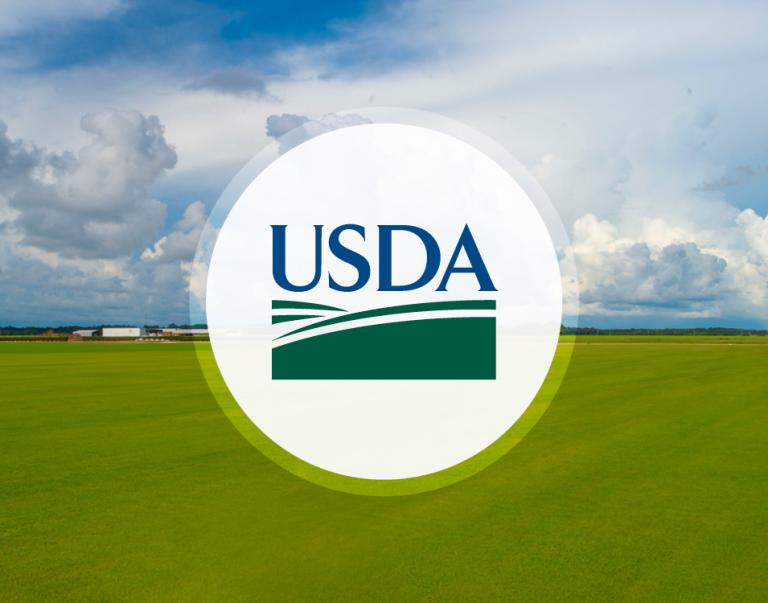SPG Coalition Background
- When was the SPG Coalition formed?
- What are the objectives of the SPG Coalition?
- How does the Coalition operate? What are the Terms of Reference?
- How does the SPG Coalition contribute to the Sustainable Development Goals?
- SPG Coalition Non-English
Arabic (PDF, 116 KB)
Spanish (PDF, 116 KB)
French (PDF, 138 KB)
Portuguese (PDF, 130 KB)
When was the SPG Coalition formed?
The Coalition on Sustainable Productivity Growth for Food Security and Resource Conservation (SPG Coalition) was launched in 2021 at the United Nation’s Food Systems Summit.
What are the objectives of the SPG Coalition?
- The SPG Coalition aims to accelerate the transition to more sustainable food systems through productivity growth that optimizes agricultural sustainability across social, economic, and environmental dimensions.
- The SPG Coalition promotes a holistic approach to productivity growth that considers impacts and tradeoffs among multiple objectives, including, but not limited to, food security and nutrition, food safety, food affordability, food access, diet quality, farmer and farmworker incomes and wellbeing, equity and inclusion, food loss and waste, animal welfare, resource conservation, biodiversity, soil health, water quality, resilience, and climate change mitigation and adaptation.
- For a more detailed concept backgrounder including a literature review, see backgrounder (PDF, 365 KB)
How does the Coalition operate? What are the Terms of Reference?
- The SPG Coalition provides a platform for sharing and disseminating information about best practices, lessons learned, and innovative, evidence-based approaches for sustainable productivity growth, inclusive of those rooted in traditional knowledge and experience; those involving innovations in social, behavioral, managerial, and institutional structures; and those incorporating cutting edge technologies.
- SPG Coalition members commit to acting, individually or in collaboration with other coalition members, to advance sustainable productivity growth that optimizes agricultural sustainability across social, economic, and environmental dimensions.
- The SPG Coalition is voluntary and non-binding, and there is no financial commitment or funding obligation associated with joining. The SPG Coalition is not intended as a mechanism for collecting and distributing financial support.
- See the member-developed Terms of Reference (PDF, 168 KB).
How does the SPG Coalition contribute to the Sustainable Development Goals?
- Through its positive impacts on food and nutrition security, poverty alleviation, farmer and farmer-worker wellbeing, resource conservation and GHG emission mitigation, the SPG Coalition will contribute to advancing many of the Sustainable Development Goals (SDGs), including 1 (ending poverty), 2 (ending hunger), 8 (economic growth), 12 (sustainable consumption and production), 13 (combat climate change), and 15 (promote sustainable use of terrestrial ecosystems).
- The SPG Coalition will directly advance SDGs 2.3 and 2.4:
- SDG 2.3: By 2030, double the agricultural productivity and incomes of small-scale food producers, in particular women, indigenous peoples, family farmers, pastoralists and fishers, including through secure and equal access to land, other productive resources and inputs, knowledge, financial services, markets and opportunities for value addition and non-farm employment.
- SDG 2.4 By 2030, ensure sustainable food production systems and implement resilient agricultural practices that increase productivity and production, that help maintain ecosystems, that strengthen capacity for adaptation to climate change, extreme weather, drought, flooding and other disasters and that progressively improve land and soil quality.

